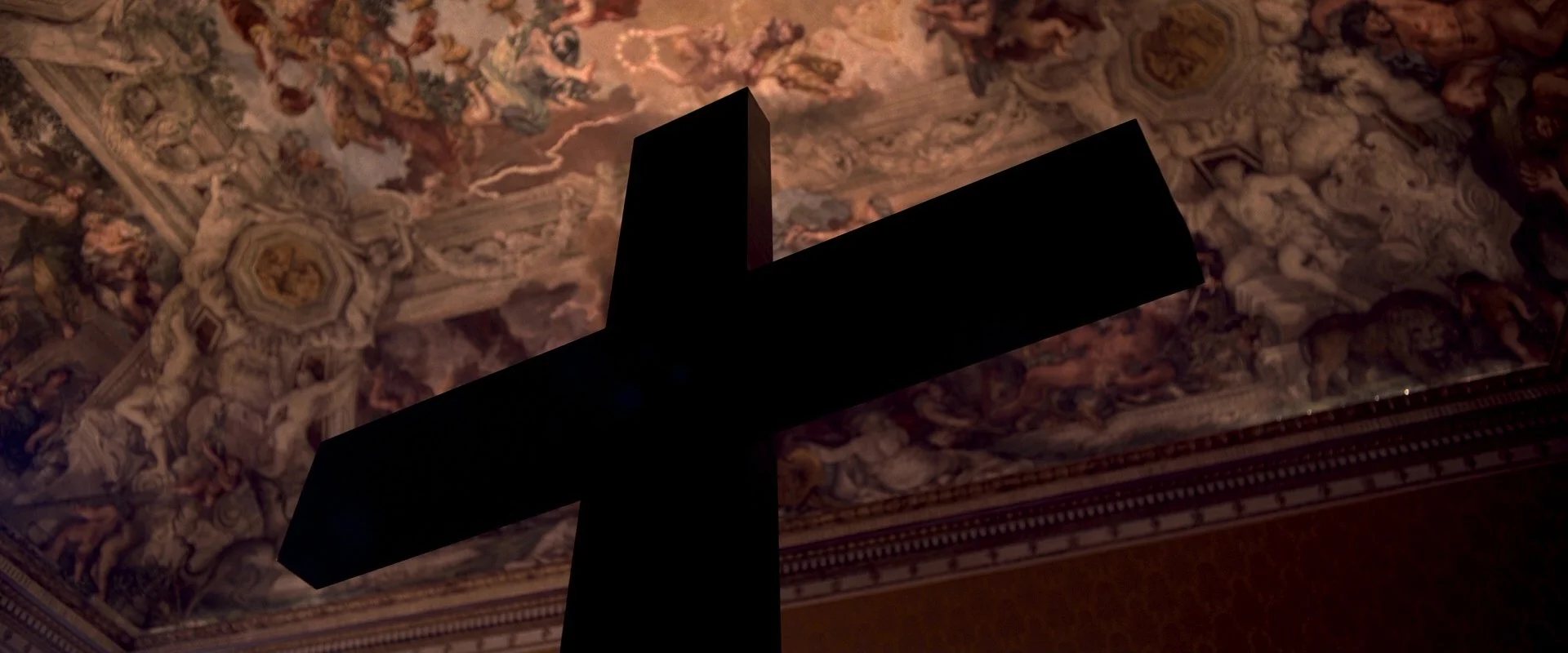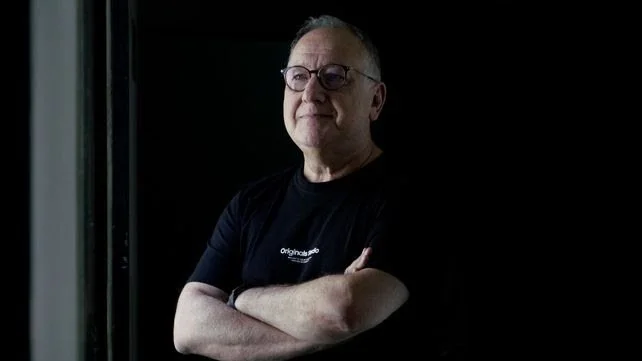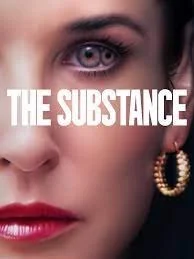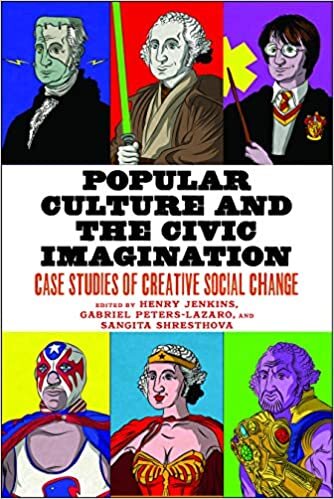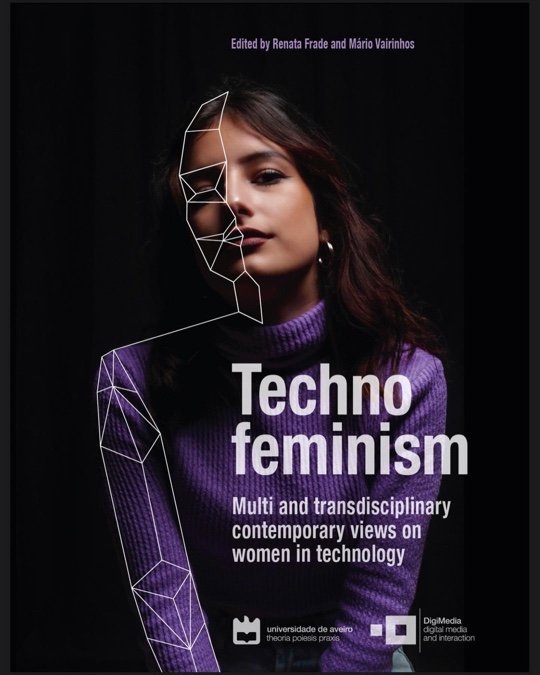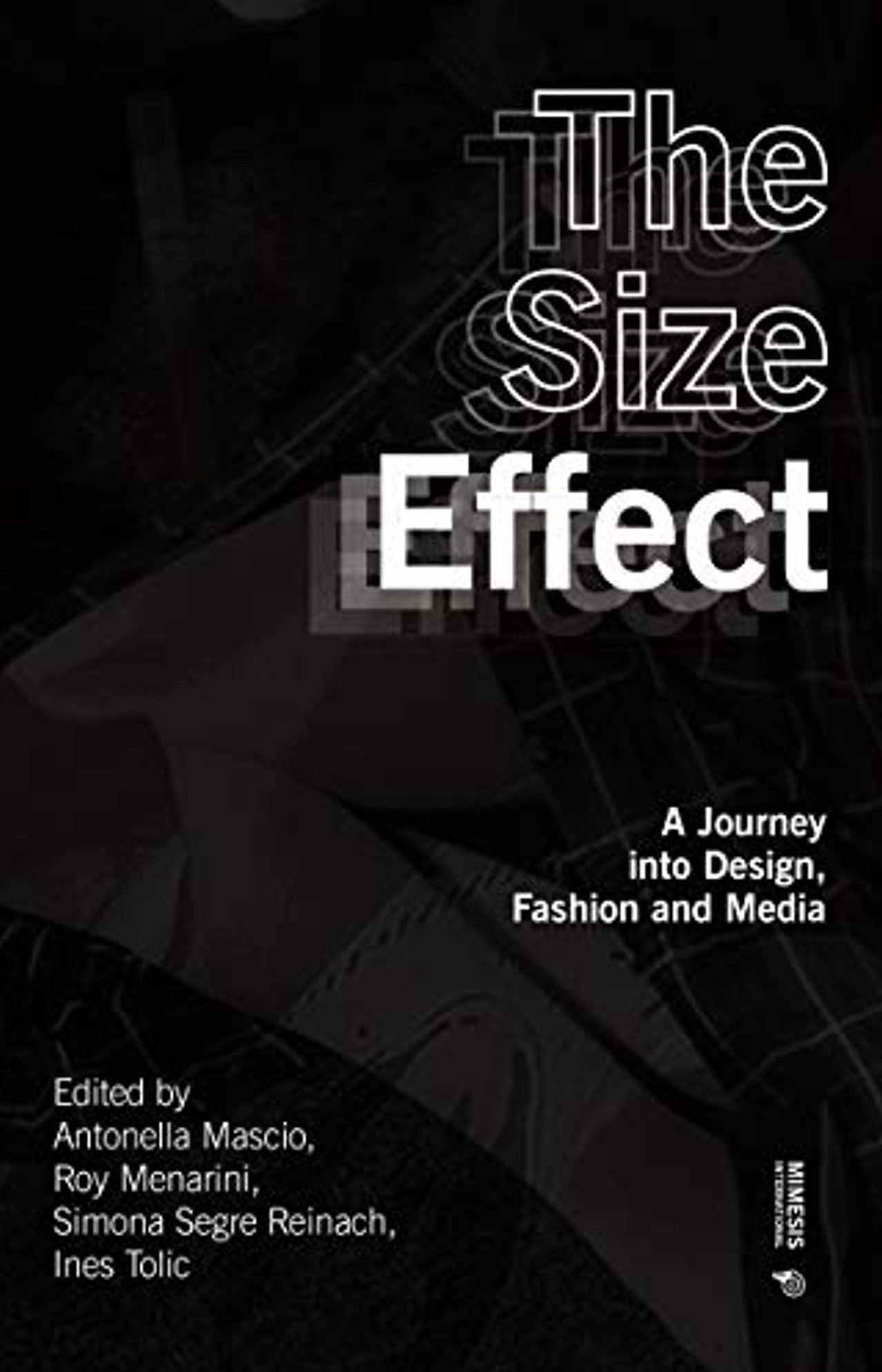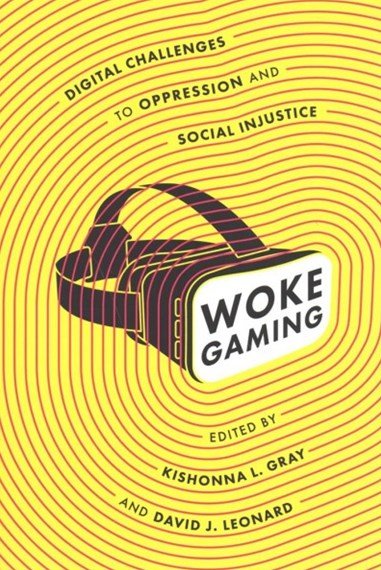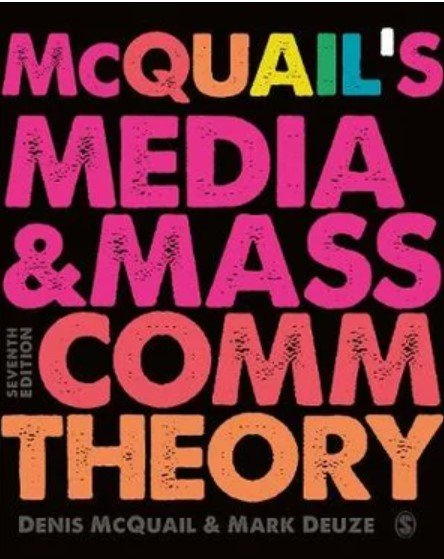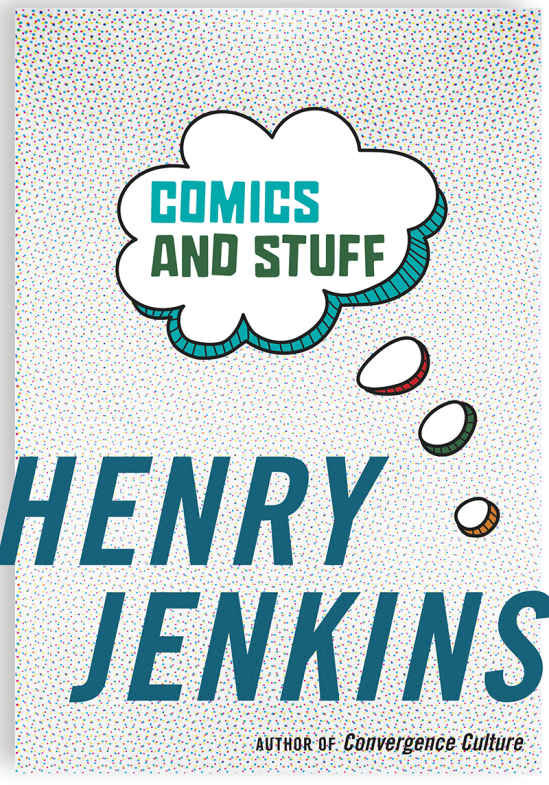OSCARS WATCH 2025 – Political Fears and Fantasies in Edward Berger’s Conclave
/This post is part of a series of critical responses to the films nominated for Best Picture at the 97th Academy Awards.
figure 1: Ralph Fiennes as Cardinal Thomas Lawrence
The political thriller is a genre that most effectively exists in close proximity to history. Regardless of whether its narratives are based on actual events, they draw on the political fears and paranoias of an era. It is why, historically, we have seen the genre congregate around moments of significant political tension or fear. Cold War fears gave us films like The Manchurian Candidate (1962) and The China Syndrome (1979). The Bush-Chaney years gave us the Bourne trilogy (2002, 2004, 2007) and Syriana (2005). And, most prominently, the distrust and paranoia of the Watergate era gave us The Conversation (1974), Three Days of the Condor (1975) and All the President’s Men (1976). We live in such an era now, with the divisive unorthodoxy of Trump being but the most prominent of numerous international examples of the growing divide between left and right and a breaking down of previously accepted political norms. That being the case, it should not be surprising to see a political thriller, Edward Berger’s Conclave, find its way into what is a notably political Best Picture field for this year’s Academy Awards.
Conclave follows Ralph Fiennes’ Cardinal Thomas Lawrence who, as dean of the College of Cardinals, is charged with overseeing the election of a new pope after the passing of the longstanding pontiff. In his effort to oversee a smooth, quick and controversy-free process, he must not only navigate the ambition, posturing and factionalism that elections bring to the surface, but investigate various issues that threaten the integrity of the process.
The Catholic Church is a powerful political institution which has had numerous examples of abuses of power and conspiracy brought to light in recent years. Several films have explored these, with 2016 Best Picture winner Spotlight being the most prominent. But Conclave isn’t one of them. Conclave uses the setting of the Vatican to make a broader comment on contemporary politics. It is, after all, a film about an election of international significance. An election in which conservative and liberal factions war over who shall replace the elderly liberal who has vacated the throne. An election in which each side believes the very survival of the institution depends on their victory. Of course, screenwriter Peter Straughan insists any comparisons to the US presidential election that occurred in the same year as the film’s release are purely coincidental (Horner, 2024). What is interesting about Conclave from a genre perspective is the ways in which its religious setting makes it feel different to other political thrillers, and the surprising ways in which it doesn’t.
figure 2: Secret meetings in darkened corners
Tradition dictates that when the papacy is vacated, the College of Cardinals come together in Rome to elect a successor. Since the late 13th century, this has involved the cardinals being locked in seclusion for the duration of the process to avoid external political interference. This makes a papal conclave a fascinating setting for a political thriller. Dramatically, you have a chamber piece, the equivalent of the snowed-in country manor in so many Agatha Christie-inspired murder mysteries. All the key players are there. No one enters. No one leaves. The Vatican provides an appropriate substitute for the governmental corridors of power, with its mixture of public and private spaces. There are moments in which everyone is on display, but no shortage of quiet stairwells and darkened rooms in which to have secret conversations (Figure 2). Significantly, though, it creates a separation between the inside and outside world, a disconnect between the political mechanism and the concerns and events of the real world. This disconnect is emphasised not only by the dramatic shuttering of the windows and barricading of the doors but also by the whispers and rumours we hear of the significant political turmoil happening outside of the Vatican’s walls, which we never see and to which the majority of the Cardinals are completely oblivious.
In seeking to define the genre, Pablo Castillo and Pablo Echart note that political thrillers are, at their core, investigative narratives (2015, 114). They explore confrontations between an individual and a system that is supposed to be working for society’s benefit but is revealed in some way not to be. In such narratives the individual’s attempt to expose the workings of the institution see the power of that institution brought to bear on them as it seeks to protect itself. Political thrillers will often use the iconography of the state to emphasise that overwhelming institutional power. In an American political thriller, it might be looming shots of the Capitol Building or the White House, federal agents coming out of big black cars, documents bearing the seal of the President. Conclave generates a slightly different sense of institutional weight through its use of the iconography of the church (Figure 3). The camera lingers on ceremony – the stamping of wax seals, the donning of robes, the threading of the votes – and while we never fear for Lawrence’s safety, it builds a sense of the weight that the tradition and orthodoxy of the church brings to bear on him as he uncovers information with the potential to shape the institution’s future.
figure 3: The iconography of the church is an ever-present reminder of the institutional power with which Lawrence wrestles
In Conclave, it is Lawrence who reluctantly takes on the role of the investigator: “I am not a witch finder. It is not by job to go hunting for secrets in my colleagues’ past,” he declares. And yet it is he who must do the digging to uncover what happened in the final meeting between the deceased Pope and Cardinal Tremblay; who this previously unknown Cardinal Benitez is and what the interaction with the late pope that almost saw him resign was about; the source of the issue between Cardinal Adeyemi and the nun that caused a scene in the dining room. But unlike the journalists in All the President’s Men, Lawrence is not an outsider. Not only is he a voting member of the College of Cardinals and part of the liberal faction that is supporting Bellini’s candidacy, to his surprise and horror he becomes the recipient of multiple votes in the first rounds of the election. As such, his motivations come into question, with his moral determination to ensure no-one unbefitting of the position is elected pope being interpreted by his peers as a politically motivated move to discredit his opponents. Cardinal Tremblay warns, “You should be careful, Thomas. Your own ambition hasn’t gone unnoticed… I wonder if you really are so reluctant to have this chalice passed to you.”
Just as interesting as the ways Conclave’s setting makes it feel slightly different to other political thrillers are the surprising ways in which it doesn’t. Despite the pope being the direct successor to St Peter and the anointed head of the worldwide Catholic Church, there are scarcely any expressions of faith or evocations of the will of God in this papal election. The candidates jockeying for position appear to treat it like any other political position. The two factions make strategic and ideological arguments. Tedesco’s conservatives talk of the need for strength after years of liberalism and relativism have undermined the authority of the church. Bellini and his liberals talk of the need to keep Tedesco out of power to protect the work of the late pope in dragging the church towards positions of more contemporary social relevance. Despite the religious context, there is little sense of a higher calling amidst the mudslinging and manoeuvring of the candidates. The only candidate to cite any sort of divine calling to the papacy is Adeyemi, who tells Lawrence he felt the presence of the Holy Spirit assuring him that he was ready to be the pope. Even then, having just made a public scene that looks to have cost him his candidacy, his proclamation can be read as a desperate strategic play rather than a heartfelt sense of calling. While expressions of faith can be an uncomfortable presence in secular politics, they are hardly a presence at all in the politics of Conclave.
In his writing on American political thrillers of the Bush-Cheney era, Douglas Kellner notes that as well as being mired in the fears and paranoia of an era, the political thriller also tends to catch the era’s fantasies (2010, 165). Conclave offers a glimpse of these political fantasies, these hopes, in two key turning points in its narrative.
The first is Lawrence’s homily on the opening morning of the conclave (Clip 1), in which he calls for tolerance, warns against certainty and extols the virtues of doubt. It is an attention-grabbing moment that thrusts him into consideration for the vacant position. To the gathered leadership of a worldwide religion, doctrinal decision-makers, it is undoubtedly a provocative plea. It is also one that has broader political significance. In our current context of hardline partisanship, it speaks to the fantasy of a politics of humility that finds strength in its diversity, in which leaders accept that they don’t know all of the answers and therefore listen and respond to advice without it being seen as a weakness; this is a politics in which leaders more readily admit mistakes, trusting that doing so won’t be fatal but accepted with forgiveness and understanding.
Clip 1:“Grant us a pope who doubts.”
The second turning point comes on the third day of the conclave when a terrorist bombing, one of a number that have occurred simultaneously across Europe, blows in one of the sealed windows atop the Sistine Chapel. Tellingly, the explosion happens just as Lawrence casts his vote in the sixth ballot in which, motivated by strategy rather than conviction, he has changed his vote for the first time. Framed like a religious tableau with a shaft of light shining from the window down onto the altar (Figure 4), this is the moment in which the outside world and, for Lawrence, God breaks through. This moment opens the possibility of dialogue. While the differences between the two sides remain, and are potently expressed, for the first time we see the two sides in discussion. Positions are outlined, thoughts are shared, and votes shift based on what is said in the room. When the voting resumes, it is no longer in seclusion from the outside world. Rather than the silence of the chapel we can hear the breeze and the birds coming through the open window. The fantasy presented in this moment is not an endorsement of terrorism, but simply a hope that the political bubble that keeps the outside world at bay can burst, that factionalism can break down and decisions can be arrived at based on meaningful dialogue about the needs of the world.
figure 4: The explosion breaks the seal of the conclave, allowing the outside world in
There have been and will be other films made that speak to the politics of the 2020s in a more direct manner, but through its propulsive and intrigue-filled narrative, Conclave effectively uses the genre trappings of the political thriller and the dressing of the Vatican to prompt a broader reflection on the way politics is presently done.
References
Castrillo, P. & Echart, P. (2015). Towards a Narrative Definition of the American Political Thriller Film. Communication & Society 28(4): 109-123.
Horner, A. (2024). Conclave with Peter Straughan. Script Apart [Podcast] (22 December).
Kellner, D. (2010). Cinema Wars: Hollywood Films and Politics in the Bush-Cheney Era. Wiley-Blackwell.
Biography
Duncan McLean is the Discipline Lead for Screen Studies in the BA program at the Australian Film, Television and Radio School (AFTRS) and has a PhD in Film Studies from Macquarie University. Duncan’s writing on genre has been published in The Journal of Popular Film and Television and Refractory: A Journal of Entertainment Media.



